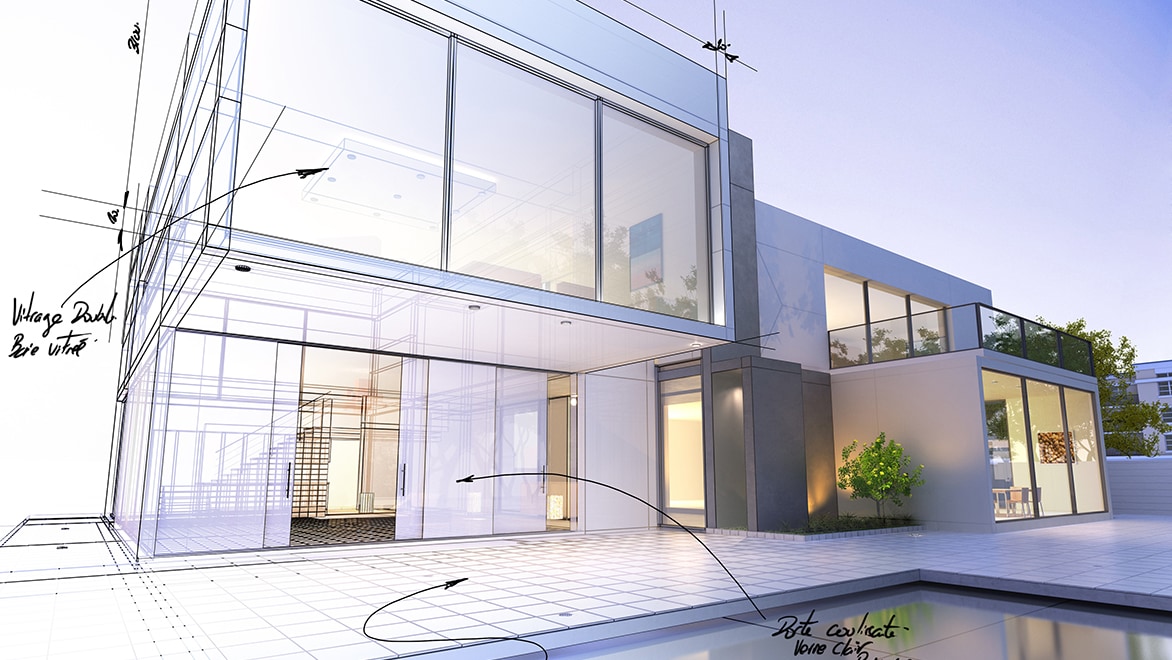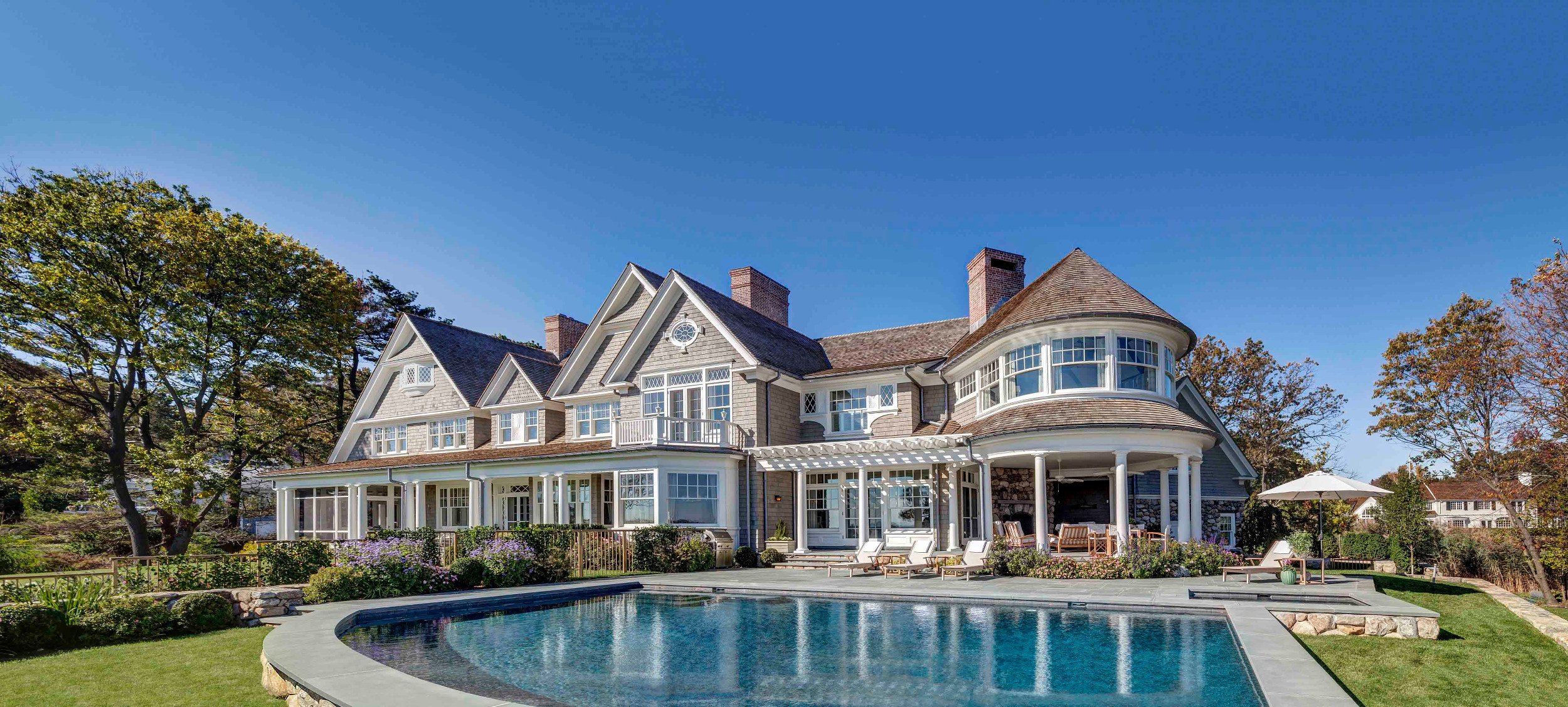Innovative Residential Interior Architect to Create Functional and Stylish Interiors
Innovative Residential Interior Architect to Create Functional and Stylish Interiors
Blog Article
Just How Residential Architects Develop Personalized Residences for each Way Of Life
The procedure by which residential architects style tailored homes is a nuanced interaction of understanding client needs and equating those insights right into useful space. Via thorough appointments and the usage of design devices, architects record the essence of their customers' way of lives, making sure that each home shows personal values and ambitions. This collaborative approach prolongs past initial ideas, incorporating lasting techniques and innovative innovations to improve daily living. As we check out the elaborate steps associated with this transformative process, a much deeper gratitude for the architect's duty fit unique environments starts to emerge.
Recognizing Client Demands

Efficient interaction is paramount in this procedure. Engineers ought to urge customers to express their way of livings, household characteristics, and future goals, making sure that the design shows their special identification. By using tools such as questionnaires, interviews, and visual surveys, architects can gather useful insights right into the customer's vision.
Additionally, understanding the context in which a home will exist is vital. Engineers have to take into consideration aspects such as the website features, neighborhood environment, and cultural influences that can affect the design. This alternative method permits the development of rooms that are not just visually pleasing yet sustainable and likewise useful.
Ultimately, a deep understanding of client needs enables architects to create tailored homes that enhance the lifestyle for their passengers, fostering a sense of belonging and convenience within their living environments.
Design Refine and Collaboration
The design procedure in property architecture is a dynamic interplay of imagination and partnership, where designers, customers, and different stakeholders function closely to bring a vision to life. This repetitive trip typically begins with a collection of conferences to establish a detailed understanding of the client's aspirations, preferences, and way of life requirements. Throughout these discussions, engineers gather crucial details, allowing them to conceptualize styles that straighten with the customer's vision.
Adhering to the initial consultations, the design stage progresses through sketches, 3D versions, and architectural makings. This aesthetic interaction functions as a device for engineers to present ideas, while likewise inviting customer comments, guaranteeing that the last layout reverberates with their assumptions. Effective collaboration with designers, service providers, and indoor developers is critical during this phase, as it guarantees that all practical elements of the job are seamlessly integrated.

Incorporating Lifestyle Aspects
Including way of living aspects into residential design is necessary for developing rooms that really resonate with the inhabitants. residential architecture homes. This procedure starts with comprehending the distinct needs, preferences, and daily regimens of the property owners. Architects participate in detailed discussions to discover exactly how the private or family utilizes their room, whether for amusing guests, pursuing leisure activities, or looking for quiet hideaway
When these understandings are collected, designers can customize design attributes that improve everyday experiences. Open floor plans may be designed for families that prioritize togetherness, while devoted workspaces can be integrated for those that work from home. Exterior areas, such as yards or patios, can be stressed for households that enjoy outside tasks or amusing.
Furthermore, adaptability is a vital consideration; multi-functional spaces enable adaptability as lifestyles advance over time. Custom-made storage services can likewise be incorporated to meet particular company demands, guaranteeing that the home continues to be clutter-free and useful. Inevitably, by thoughtfully weaving lifestyle aspects right into the building fabric, residential engineers produce tailored homes that not only satisfy aesthetic about his needs yet likewise significantly enhance the high quality of life for their customers.
Lasting and Smart Style
Sustainable and wise style increasingly plays a pivotal function in residential design, as homeowners seek to minimize their environmental impact while boosting their living experiences. Engineers are currently integrating environmentally friendly materials, energy-efficient systems, and cutting-edge technologies to develop homes that not only fulfill aesthetic desires however likewise serve the earth.
Including renewable resource resources, such as photovoltaic panels and wind turbines, permits homeowners to harness natural deposits, substantially reducing reliance on traditional power grids. Smart home modern technologies further improve sustainability by maximizing energy use via automated systems that regulate heating, lights, and air conditioning based on occupancy and choices.
Furthermore, using lasting structure materials-- like reclaimed timber, bamboo, and recycled steel-- promotes a round economic climate, reducing waste and source consumption. Designers likewise highlight easy design concepts, ensuring homes are oriented for maximum natural light and air flow, therefore reducing the need for fabricated cooling and heating.
Along with environmental advantages, lasting and clever layout contributes to the general comfort and health of residents. By prioritizing indoor air quality and natural components, designers create spaces that promote health, permitting house owners to grow attuned to their atmosphere.
Finalizing and Applying Plans
Settling and implementing plans is a vital stage in the residential architecture procedure, where the vision of a tailored home starts to emerge. This stage includes careful interest to information, making certain that every aspect of the design is specifically verbalized and prepared for building. residential architecture homes. Engineers work together closely with customers to examine last plans, addressing any kind of final adjustments or issues, while making sure that all components line up with the home owner's way of living needs
Once plans are settled, designers prepare extensive building and construction files, consisting of thorough drawings and requirements that offer as a blueprint for contractors. These files detail products, coatings, and installation approaches, supplying quality for subcontractors and service providers. Furthermore, protecting essential authorizations and sticking to local building regulations is vital, as it makes sure compliance and smooth job implementation.
Effective interaction is essential throughout this stage. Routine updates and conversations with contractors assist to alleviate possible concerns prior to they arise. By cultivating a collective setting, designers can ensure that the execution aligns with the initial vision. Eventually, this important stage changes ideas right into reality, laying the structure for a home that mirrors the one-of-a-kind way of life and choices of its residents.
Conclusion
To conclude, household designers play a crucial duty in crafting personalized homes that provide to diverse way of lives. Via thorough understanding of customer requirements, joint layout procedures, and the integration of way of life aspects, engineers make certain that each home mirrors private preferences. The incorporation of clever technologies and lasting methods better boosts performance and environmental obligation. Ultimately, the efforts of household engineers finish in the understanding of personalized space that promote comfort and well-being for their residents.
The process by which domestic designers layout tailored homes is a nuanced interaction of understanding client needs and equating those insights into functional living spaces. Through thorough examinations and the usage of layout devices, architects catch the significance of their clients' way of lives, making certain that each home mirrors individual values and desires. Designers should encourage customers to verbalize their way of lives, household characteristics, and future ambitions, ensuring Look At This that the layout shows their special identification.The design process in property architecture is a dynamic interplay of hop over to these guys creative thinking and collaboration, where engineers, customers, and different stakeholders work carefully to bring a vision to life - residential architecture homes. Through thorough understanding of client requirements, collaborative layout processes, and the assimilation of lifestyle elements, designers ensure that each home shows private preferences
Report this page